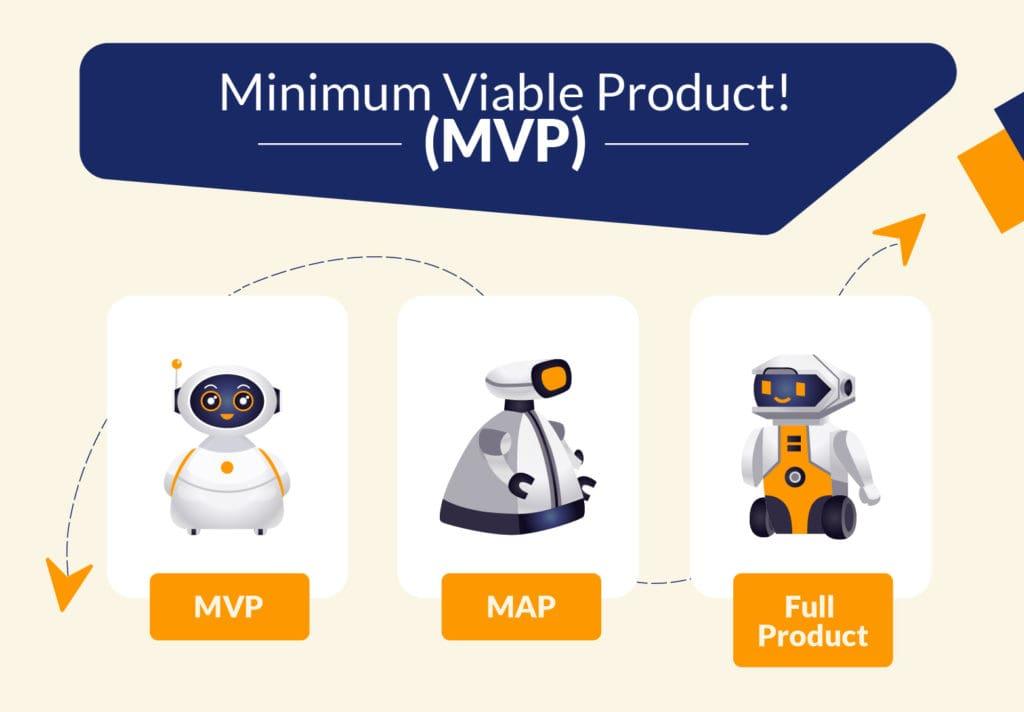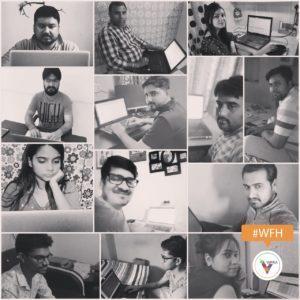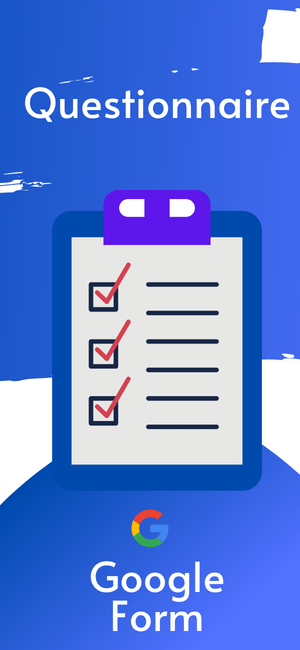Minimum Viable Product, as the name suggests, it is a basic structure of a product. An entrepreneur decides on a Startup Idea and in order to reduce the risk, a product which requires less time and money is introduced to the market. A deep analysis is done and based on the success and feedback, the MVP is moved for a Full Product. This is a proven process for success. Even Facebook was initially launched as MVP.
Once your startup concept is ready, and you are intending to start the actual product design & development, stages that you would come across are as below.
- Proof of Concept
- Selecting the Right Features
- Product Development Cost
There are several other challenges as well; however, the major are these 3
Looking at these issues faced by almost every startup founder, Frank Robinson, Invented the Term “Minimum Viable Product.”

There are other terms also which were introduced.
- MMP – Minimum Marketable Product
- MMF – Minimum Marketable Features
- MAP – Minimum Awesome Product
All were to channelize the product development cycle. Developing your App ideas can be tricky. However, this process has made it easy to understand the step by step approach towards a successful App Development.
A Basic concept of MVP
People get confused with the MVP concept and tend to take it as the initial version of your idea to the app development process. It is a miniature version of your product, a kind of small product with all the required features.

There are two types of features, Core features and support features. Core features are the one which is the soul and purpose of your Startup Idea. And Additional features are the one which is usually to enhance the user experience. You can call it as Need to have features and nice to have features.
In Minimum Viable Product (MVP), you should not compromise on Core features as that is the primary purpose of the application.
MVP help startups experience if their product is right for their user. What all features are useful for their user experience and top of all that being a miniature version with less requirement the cost of developing the app would be less too so less investment.
So this solves all the significant challenges that a startup may face at the time of concept to launch journey.
Low Investment
A lot of time funds is the most significant barrier of your entrepreneurial journey. Minimum Viable Product (MVP) allows you to start with a small budget. Without spending a fortune, your App can go on the App Store, and your startup can be launched.
MVP is estimated to be 25% to 40% of your entire product, and, thus, it requires less time to develop. MVP helps in lowering the development cost and helps in launching the product sooner than expected.
Right Product
Minimum Viable Product (MVP) also helps you understand a clear road map of features that you would need to accomplish on your product based on the real-time feedback, real time bugs and real-time test cases. With MVP, there is always a room of improvement without spending a considerable amount.
Proof of Concept to all stakeholders
The co-founders need to understand the viability of the product. Believing in the Idea over testing it and then believing in the actual product, gives additional confidence.
With MVP it allows you to propose a product in front of investors with proof of concept and a user base. MVP, compared to an Idea, increases the chance of getting funded by 350%.
What to Expect from an MVP

There are three major types of stakeholders, and each has their expectation.
- Creators
- Users
- Investors
Creators
Founders including the tech team, have to set an expectation level from the Minimum Viable Product (MVP) Model Application. Defining a High-Level Scope of the entire application is where you should start. Once the scope is defined, it should be broken down in modules, keeping the end user’s expectation in mind.
All the basic or the core feature which you can call as the purpose of the app should be achieved. So the user’s entire journey in the App should be completed, and the purpose why the end-user would use the App should be fulfilled.
Testing of the application should be done thoroughly for the selected modules. An App with fewer features can be considered by the end-user, however, a buggy App would not survive for long. Testers should know how to prepare test cases for an MVP product.
Users
Users Expect the App should work seamlessly and fulfill the goal that they had while downloading the App. Allow the users to know that they are a part of a beta release
Have options for feedback and feature requests from the users, this helps a lot in understand the actual requirement by the end users.
Investors
Investors are ready to invest in a product which has some data output to study. With the release of the Minimum Viable Product (MVP) product, it becomes really easy for investors to see the viability of the product in future and ensure their investment stays secure.
It becomes really easy to validate your Idea and your pitch as you would have some real-world data compared to an Idea on PPT. Also, you would have points in your pitch that your MVP needs to be a full product now and with MVP you have achieved a particular benchmark, and with a full product, your can cross your competitor’s benchmark.
How to Finalize the MVP Requirement
- Market Research
- Define the User Flow
- Make a Priority wise feature list

Market Research
Market Research will help you understand what is the need of the hour. End-user surveys and competitors research both will help you decide what you need in the App.
End-User, the App is for them, the best way is to check with them what they need. The first step is to identify the potential buyers of your App. Once you have that, try collecting data of a few people from the segment and start doing the survey by emailing them, direct interviews if possible, collecting public data and any other way from where you can get the information about the usage pattern of your target audience.
Competitors research, this is the easiest way to create a benchmark of features. The best way is to list down the major competitors and then list down their features in a table format, just like you are comparing them. Each would have some unique functions, and here you have the list of all the features that you need to offer.
User Flow
Once you have all the features list ready, you need to connect the dots. Creating a user flow will help you understand how your users will interact with the application. You need to ensure all your modules and features created meets an output end. The best way is to create a wireframe for this, there are several tools for creating a wireframe, its kind of Mockup design with raw drawings of your screens.
Create all the screens with the decided features and then start connecting them with other screens. This should be done on a case to case basis. Make cases like “If a user clicks on this tab this will open, in case if the user clicks on another tab another screen opens” This will ensure you don’t miss even a single flow and will also help your graphic designer to design the concept and developer to build the App Idea.
The test cases will include options like the general way where the desired user clicks and move around the App as you need. However, you also need to do a brainstorming session on if the user chooses not to follow your desired flow, what alternatives you have offered the users to move around.
Priority List
Now once you have the list of all the features the flow required, make a priority list. Please ensure every module that you decided should have an actionable end. This will help you in understanding the difference between the good to have and need to have features. With MVP you must include all the need to have features and remove the good to have features.
The Basic Idea of an MVP is to validate the concept and start with as low as possible. So with basic features which serve the purpose of the App should be included only.
Once you have done the research part on the consumers, please try to focus on a specific group only, this will help in reducing the features requirement. Focusing on a specific segment of users will also help you take this slow and steady. With a closed group, it will be easy to gather feedbacks, low cost on customer acquisition and immediate implementation.
Final is building the MVP
Now you have the list of what you want and who do you want it for, now the time is to understand how it will happen.

- Finalized Document of Features
- Technology Best Suited
- Deciding the team
Finalized Document of Features
Once you have the list of the features with the priority. Make a final functional related document (FRD) this will help the designers and developers to understand what exactly is needed.
This document will also help you keep a track of what to expect from the developers. Ask for a module wise breakdown of each feature with delivery dates and time that would be required.
Technology Best Suited
This is a complex decision, based on the project requirement you should ensure the technology is not compromised due to cost factor. There are several frameworks which have prebuilt modules which can bring down the cost of development. This can be discussed with developers.
Do your own research also if possible, check the competitors what they have used on BuiltWith and based on this you can decide what would be best suited.
Also, try to use open source languages and check the servers and post-development maintenance cost factors also. All these can fluctuate your total cost.
Deciding The Team
Look for reputed companies, not freelancers, there are several reasons for this. Freelancers are indeed a cheaper resource, however, there is a huge reliability issue with them. Also at times, the project needs different kinds of resources like experts on a specific framework, with freelancers it becomes an additional task for you to get supplementary resources.
Tech Companies who have worked on MVP to full product development are best to work with, they know exactly what and how all happens. With their experience, you can cut down on research hours.
Tech companies generally have a lot of projects already built so re-building actually takes fewer hours than building it for the first time. This helps you bring down on effort hours.
Look for offshore developers rate, for MVP, the best way to reduce the cost without compromising the quality of work. Even large companies in silicon valley have offshore teams to reduce the overall cost of the product development and this is how they increase their revenue and decrease their output cost.
For example, you can Hire Android Developers at somewhere around $50-$75 per hour with 5+ years of experience, however, with offshore these developers can be hired at $20-$35 per hour for 5+ years of experience. You can save almost 50% on your development.
The cost calculation method remains the same in the case of MVP also, it is the efforts which is reduced and thus reduces the cost.
Like in Full development your graphics, your design, good to have feature’s all these increases the time to develop an App. But with MVP we do not get into all these, we try to achieve the core of the App.
Last Words
MVP is just a Model View of your product, just to testify what you have thought is right.
If you have a Business Idea and it is about launching a product, even if you have enough research and funds, I suggest, have a MVP first. This will help you scale the product better than launching a full product.
I have read people saying MVP is dead, it may be an old school technique, but still is very effective.
Remember every big thing started with small.
“If you are not embarrassed by your first product, you launched too late.”Reid HoffmanTweet


